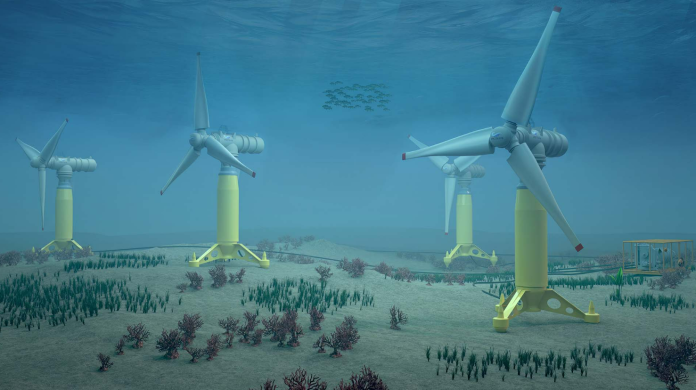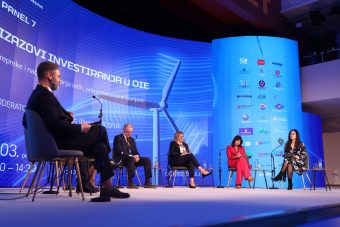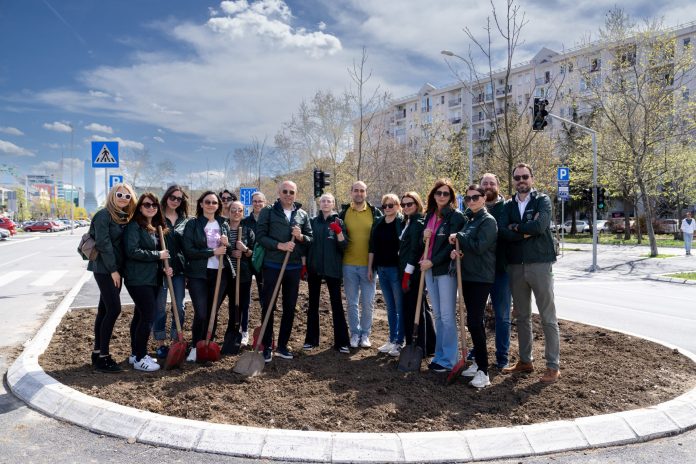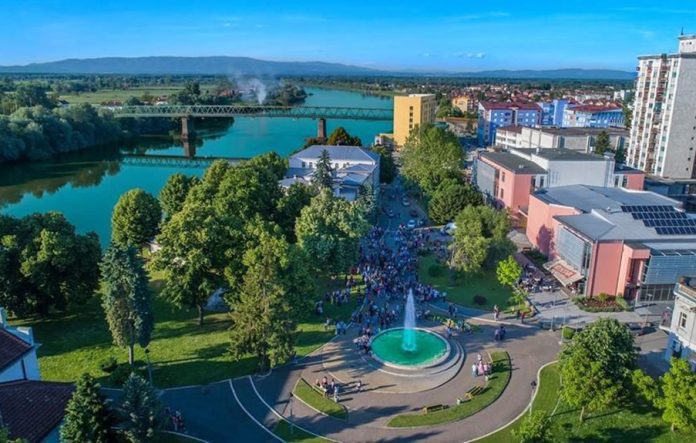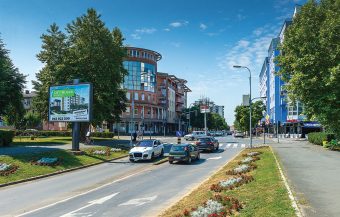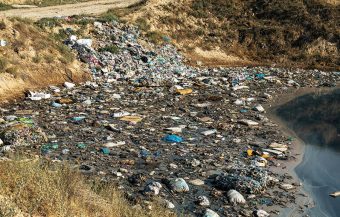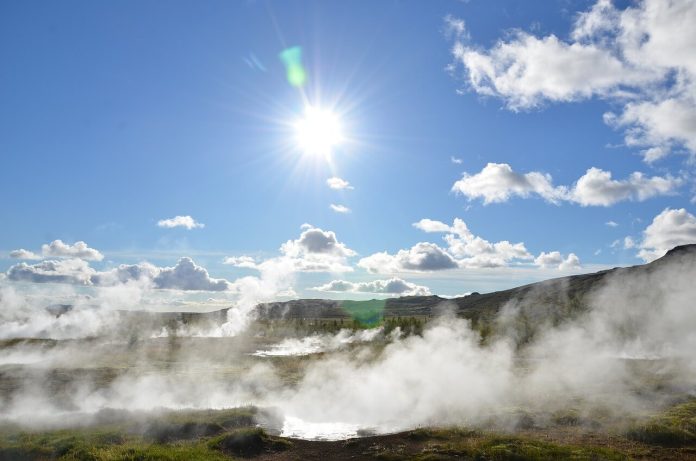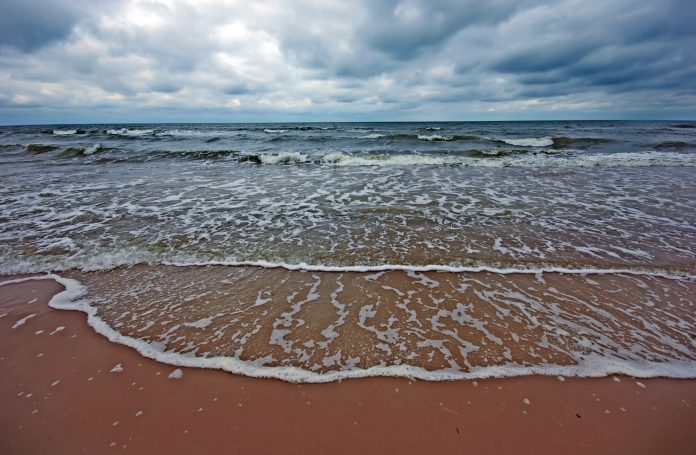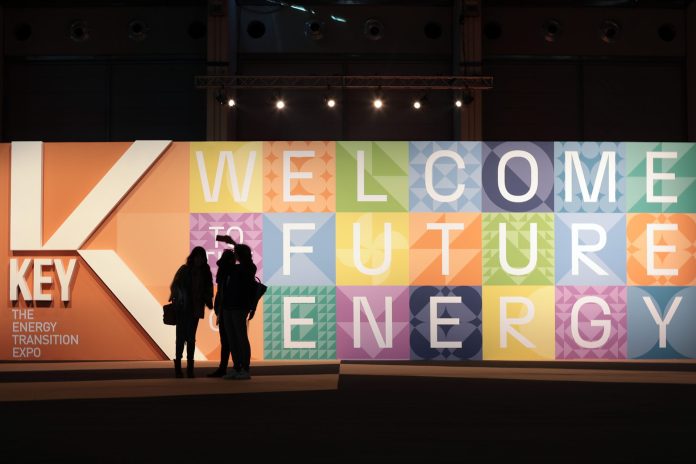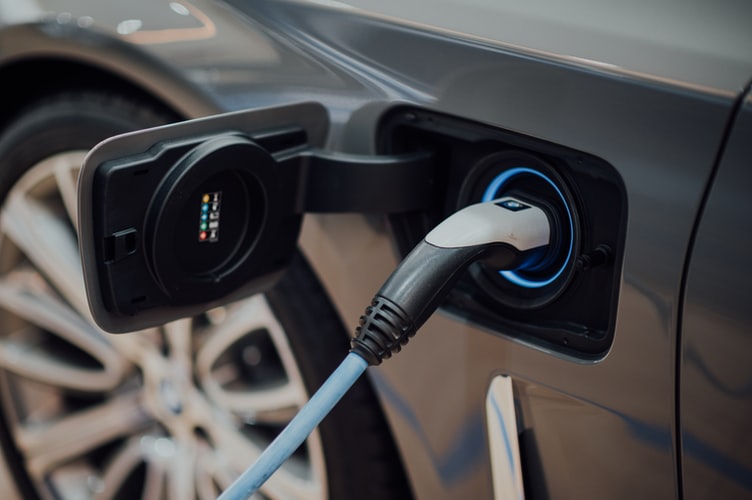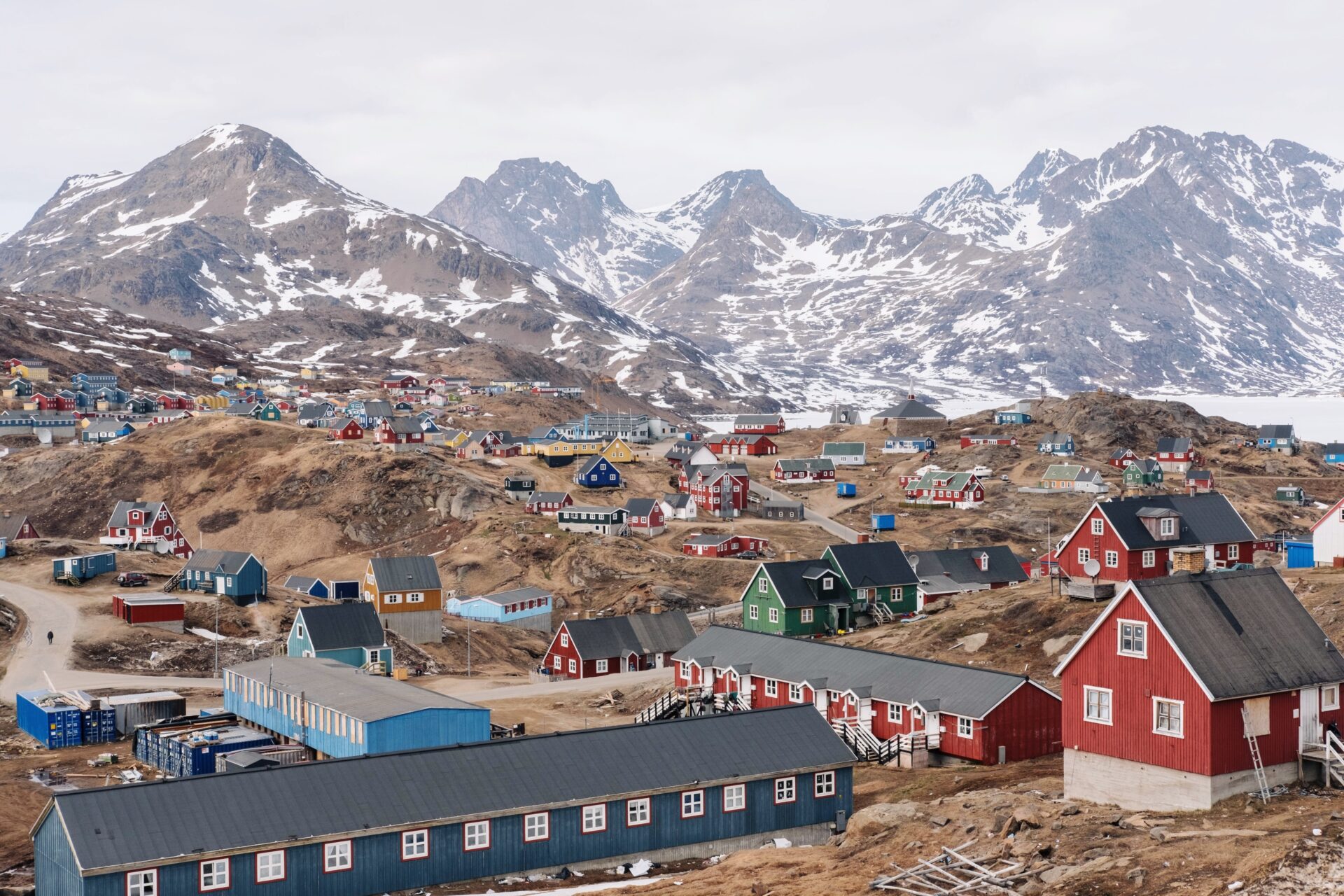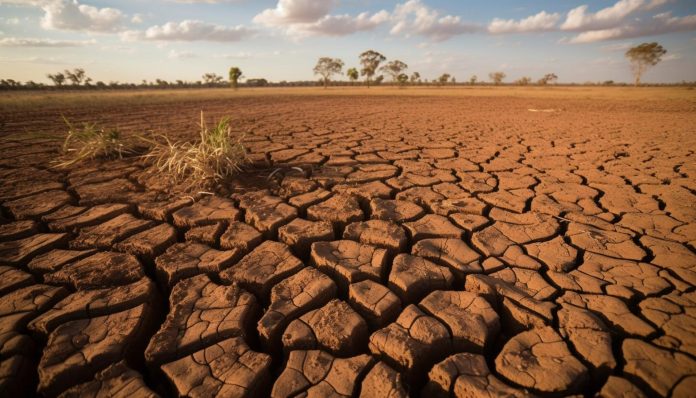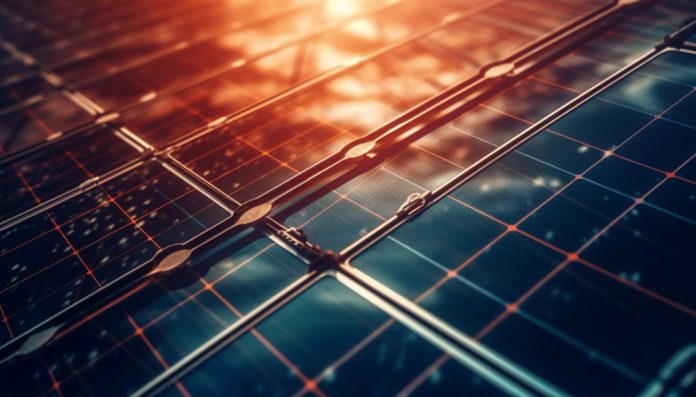During tides, seawater gains a specific form of energy that can be harnessed for electricity production—something that has garnered significant attention in recent years.
The European Union’s Innovation Fund has recognized the importance of supporting projects that utilize tidal energy. Within this framework, a grant of 31.3 million euros has been approved for the NH1 project, implemented by the French company Normandie Hydroliennes. According to global media reports, this project is one of the first commercial pilot projects of its kind in France.
Thanks to the grant, the development and implementation of the project will be accelerated. It will use the innovative AR3000 horizontal-axis turbine. Once completed, the project is expected to produce 33.9 GWh of electricity annually by 2028—enough to meet the electricity needs of 15,000 people.
More:
- Biomass Power Plant at BAT Factory and Geothermal Energy Research in Croatia
- Plug-in Solar Systems Conquering the European Market
- Untapped Potential – Croatia Explores Geothermal Well in Zagreb County
The project also contributes to strengthening the blue economy, which refers to sustainable economic development related to the use of marine resources. It is expected to create around 400 new jobs in France, as the majority of the construction will take place in the country.
Tides are caused by the gravitational pull of the Moon and the Sun, creating kinetic energy that can be converted into electricity using special turbines. As the water level rises and falls, the movement of the sea drives the turbines, generating electricity.
This project is part of France’s broader strategy to achieve its energy transition goals and increase the share of renewable energy sources by 2030.
Katarina Vuinac


